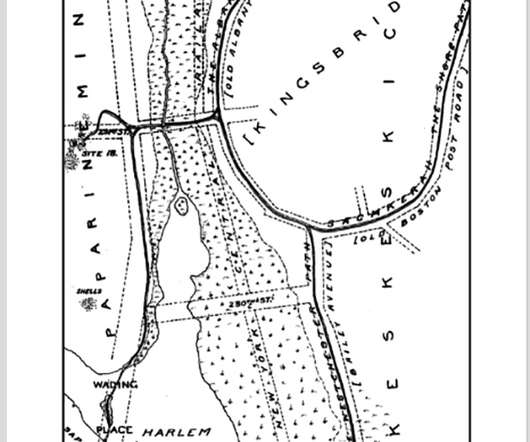Urban Ornithology: 150 Years of Birds in New York City–A Book Review
10,000 Birds
JANUARY 7, 2020
In contrast, the sections on migration, which encompass phenomena such as fallout and blow-back drift migrants, and which also offer brief anecdotes about unusual observations or observations under unusual conditions, are highly informative, even fun reading. Remove Phragmites and replace it with cattails. And for good reason.











Let's personalize your content